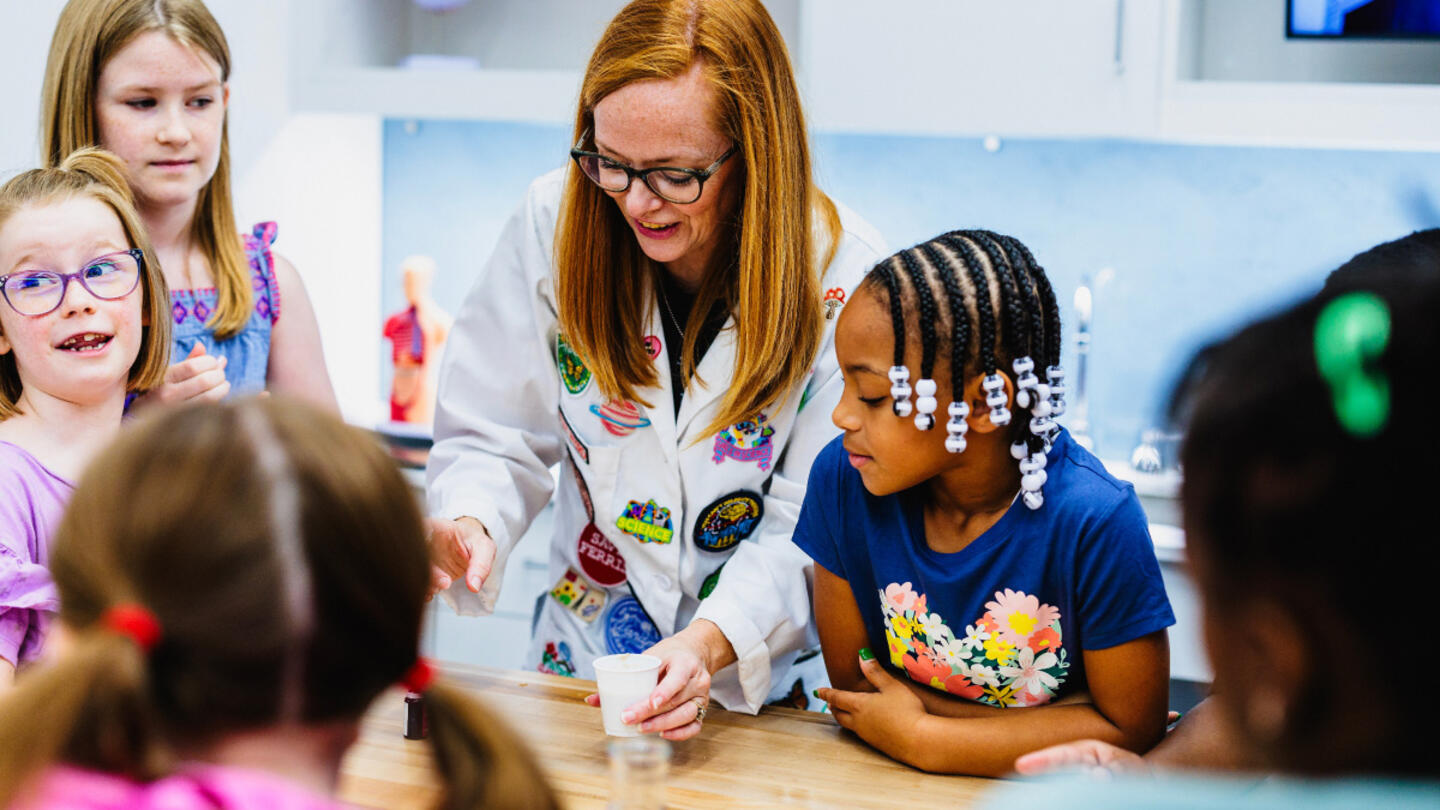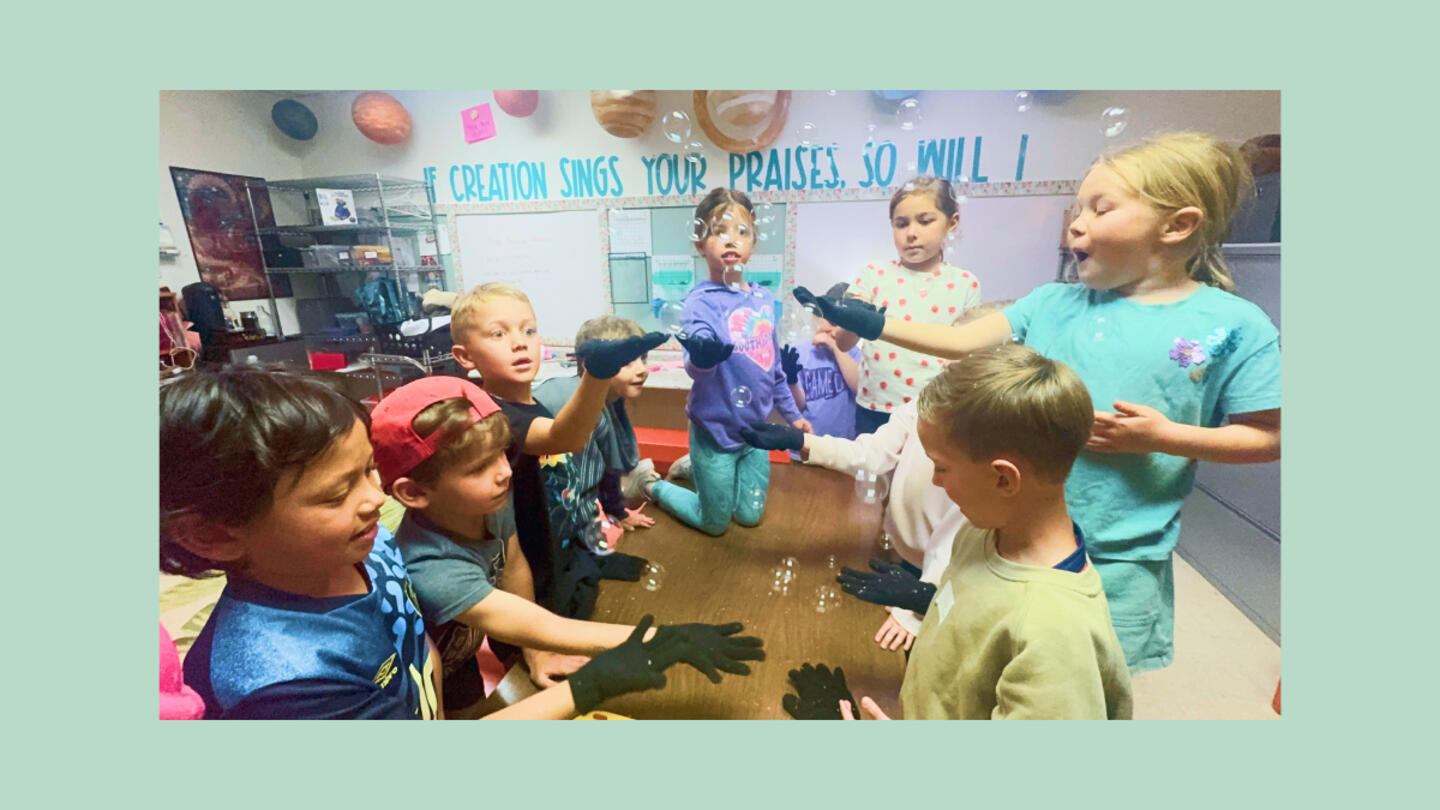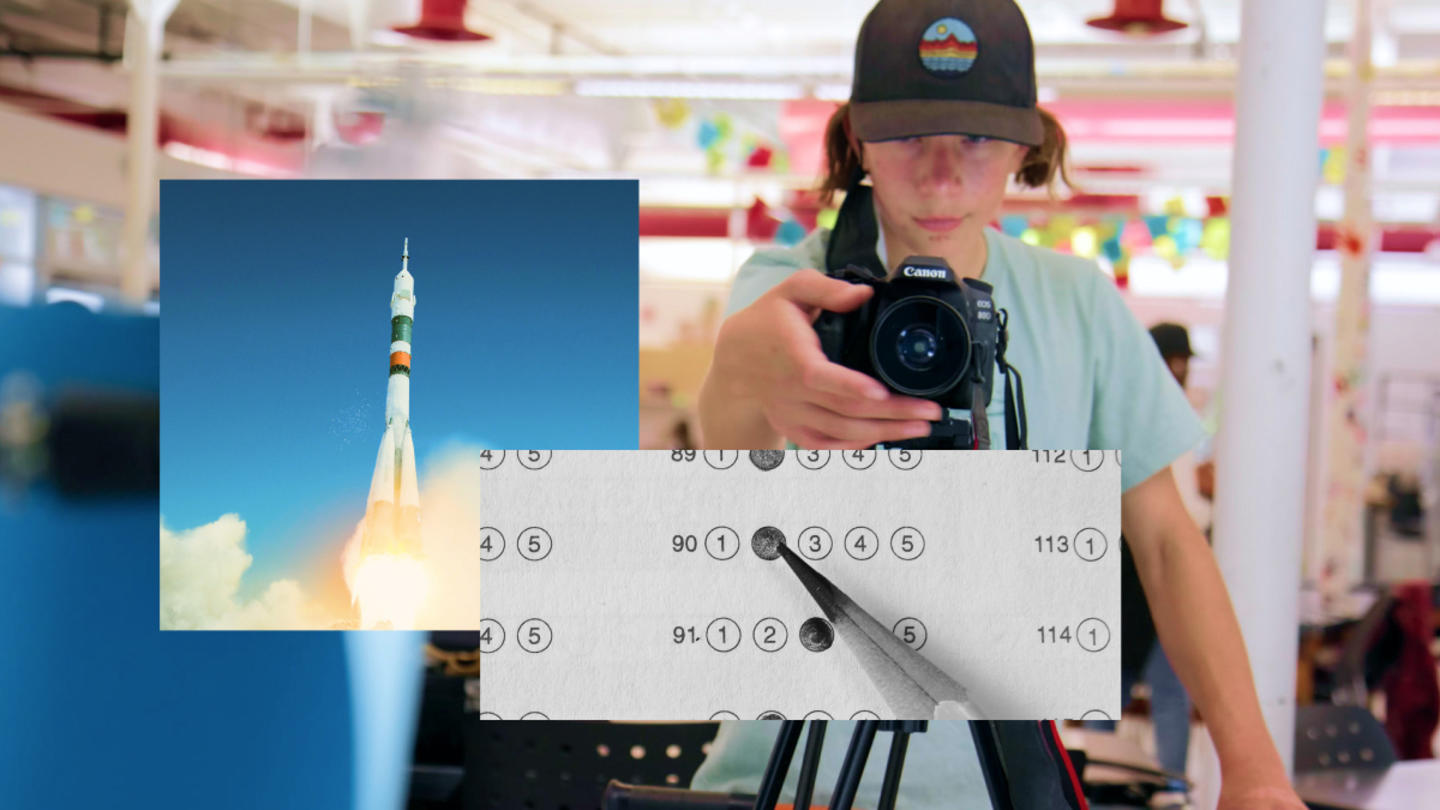If traditional testing leaves students ill-equipped for life after graduation, what do alternative schooling methods actually look like?
In our first story in this series, we explored how the American school system is failing its students — prioritizing performance and scores so much that students are disengaged, depressed, and unprepared for life.
Mass compulsory education and standardized testing have created an environment where memorization trumps real learning and test performance anxiety places undue pressure on students. In this scenario, everyone loses.
Let’s look at two very different schools that are both designing solutions to problems in education. The first? One Stone School in Boise, Idaho. In this private school with 92 students, there are no teachers, no tests, and no grades — and it’s delivering better results than the traditional education model.
One Stone delivers remarkable results without using conventional but often demoralizing educational staples like report cards. Instead of A’s and B’s, students measure progress through “growth transcripts.” They track skills like creativity and knowledge that predict personal and professional success. The bet is that self-directed learners who choose their own paths will create a better world.
For students who choose their own paths, the school has a 100% graduation rate and a 100% acceptance rate for those who choose to apply for college.
Prioritizing purpose over performance promises a future of creative thinkers who give back to their communities and drive innovation and action.
The transformative impact of putting students in the driver’s seat
Meet Lila. She’s not just a student — she’s a school administrator, too.
She attended public school before switching to One Stone. Since then, she has blossomed in a system that cares less about the percentage of multiple-choice questions she answers correctly and more about whether she can use what she learns to shape the career and life she wants for herself.
“The last time I took a test was probably the SAT, about a year ago,” she said. “Even though I don’t do testing here every day, I can actually really succeed at [the SAT] as well because my skills transfer.”
Inside One Stone, the atmosphere is electric, buzzing with chatter and excitement. Students are busy creating their own schedules and curriculums, determining what they will learn and how.
So, if students aren’t taking tests, what are they doing?
“Such a big part of it is my own self-reflection and then the feedback I get from my peers and from my coach,” Lila said. “It takes a lot of time to develop; you don’t come in here just knowing how to do that.”
The “coach” she referred to is the closest thing One Stone has to a traditional teacher. Students aren’t left entirely to their own devices: Adult coaches help guide them through their growth and ensuing self-assessments.
The obvious question in many peoples’ heads might be: What’s keeping students from using this to give themselves a free pass? When you’re not looking for a numeric score but rather searching for holistic growth, it turns out there’s no easy way to succeed.
Sign up for Stand Together's K-12 newsletter and get stories, ideas, and advice from changemakers who are transforming education across the country.
“Testing just shows this little snippet of educational knowledge that you are holding in your brain at one point,” explained Jun Campion, a coach at One Stone. “Testing doesn’t show that you’re an empathetic person. Testing doesn’t show that you have passion. Testing doesn’t show that you have curiosity. We’re trying to get every single student out into the real world, ready to be an actual person.”
In practice, students directing their own learning can look like a group gathered around a whiteboard animatedly discussing a math problem laid out before them. Josie, a student/coach, is paying close attention to their conversation — but she’s not looking to see if they solve for the right answer.
Instead, she’s wondering, “What were you thinking about? What did you look for when trying to decide what the [answer] was?”
“I don’t actually care if they pass the AP test,” she said. “That’s not the thing that’s driving me. I care if they’re growing and if they’re growing at a pace that matches where they’re at. In addition to the stuff that they’re learning in math, I’m paying attention to, ‘Are you actually working hard? Are you collaborating with the other people in the group? Are you communicating when you need support?’ So it’s more than just, ‘Are you finishing the assignments?’”
In this model, students are prepared for more than just college
For that open and holistic assessment, students need an equally flexible way of measuring progress. That’s where the One Stone growth transcript comes in. Rather than list grades and percentages, the growth transcript tracks students’ aptitudes in four quadrants: knowledge, creativity, skills, and mindset. These are maintained by the adult coaches with close participation from students.
It turns out that this may be a better indicator of a student’s future professional and personal promise than how well they did on a math test. Many colleges are already accepting growth transcripts in place of test scores or grade point averages. Those students are just as successful in applying as students with traditional transcripts. (Remember that 100% college acceptance rate?) What’s more, some colleges are starting to request growth transcripts instead of test scores, showing that their value is becoming more widely appreciated.
Lila submitted her application to Wellesley College without any traditional scores — just her growth transcript and written feedback from her coaches. She was accepted.
“I think it really goes to show that these schools are willing to look at students holistically and look at them not just as a number on a spreadsheet, but truly as the human that they are,” she said.
But college is just one small piece of a student’s future. How well does One Stone’s model prepare students for the professional world, future relationships, and being an engaged member of their community?
Lila is confident that she’s ready to face whatever challenges life brings her way, thanks to One Stone.
“I feel like everything comes back to owning my own learning and being accountable,” she said. “I feel like that’s really at the root of who I am and who I try to be.”
As effective as this model is for many students, this isn’t to say that One Stone’s system should overhaul the conventional school system or that it’s the right fit for every family and student. For one, 90% of students in the country attend public school — not private like One Stone.
So what would individualized, tailored education look like when applied to public schools, making it more accessible to all?
To answer that question, we traveled all the way to Fargo, North Dakota. In our next and final story, we’ll visit a trailblazing public model and see if weaving flexibility and choice into the public school system can really work.
One Stone School is supported by Stand Together Trust, which provides funding and strategic capabilities to innovators, scholars, and social entrepreneurs to develop new and better ways to tackle America’s biggest problems.
Learn more about Stand Together’s education efforts and explore ways you can partner with us.
This piece is part two of a three-part series on school testing. Also see: Part one and part three.

This colearning space has the potential to bridge the divide between public and private education.

New Johns Hopkins data shows homeschooling’s recent surge has transformed the education landscape.
Step 1: Find the best learning environment for your child. Step 2? Figure out how to pay for it.

Here’s what happens when AI replaces teachers.
